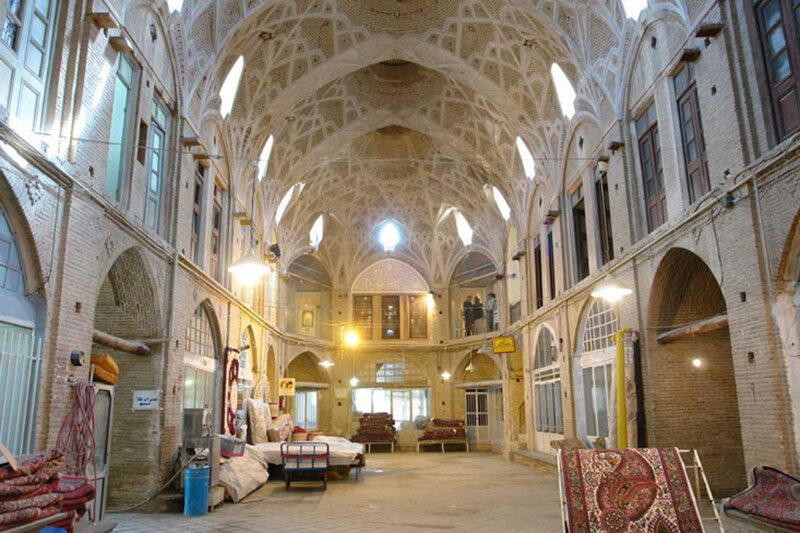Historical bazaar of Arak to bid for UNESCO status
Published: June 23, 2021

Iran is preparing a comprehensive dossier for the historical bazaar of Arak in central Markazi province to be submitted to the United Nations Educational, Scientific and Cultural Organization in near future, the provincial tourism chief has said.
The World Heritage List includes a quota for each country to add its historical sites and buildings, and Iran can also register up to two per year, Mostafa Marzban explained.
Thus, due to the historical value of the bazaar of Arak, it became a priority for inclusion in the global list, the official added.
The dossier, which includes the traditional marketplace, its passageways, stores, and attached buildings caravanserais inside, will be sent to UNESCO for being assessed as a World Heritage by the end of Iranian calendar year 1400 (March 2022), he noted.
He also noted that some 500 billion rials (about $12 million at the official exchange rate of 42,000 rials per dollar) will be required to restore the bazaar to its former state.
Covering an area of 14 hectares, the bazaar was built during the reign of Fath Ali Shah, a Qajar monarch who ruled from 1797 to 1834, by Yusef Khan Gorji and is considered the main core of the city.
In winter, the air inside the bazaar building is warm and pleasant due to the special architecture, while in summer it is quite cool.
Amongst the UNESCO-designated sites in Iran are “Arg-e Bam” (Bam Citadel) that represents an outstanding example of an ancient fortified settlement, “Bisotun” in western Kermanshah province, which is notable for its Achaemenid-era inscription carved on a limestone cliff, lavish “Golestan Palace” in downtown Tehran which is a masterpiece of the Qajar era (1789 to 1925), and millennium-old “Gonbad-e Qabus” which is a mudbrick tomb tower for Qabus ibn Wushmagir. /T.T/
